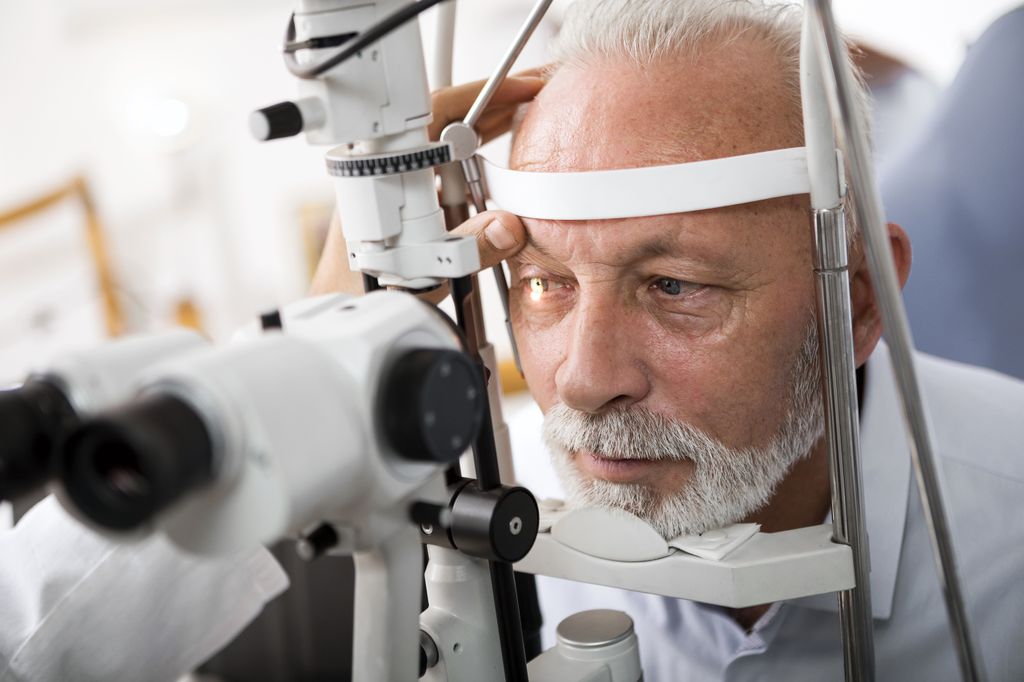Our ability to see the world in all its glory is a priceless gift. Glaucoma, a silent thief that affects millions of people worldwide, poses a serious danger to this priceless sense. A series of eye disorders known as glaucoma can cause irreversible vision loss if not treated. Since the disorder is frequently asymptomatic in its early stages, routine eye exams are essential for early identification and prompt treatment.
The good news is that with advances in medical science and technology, there are a variety of effective treatments available to manage glaucoma and preserve vision. These treatments range from eye drops and oral medications to laser therapy and surgical procedures, all tailored to the specific needs of the patient. In this comprehensive guide, we will delve into the world of glaucoma treatments, exploring their mechanisms, effectiveness, and the importance of early diagnosis in the fight against this sight-threatening condition. Join us on this journey as we shine a light on the treatments that offer hope and a brighter future for those living with glaucom
What are 2 signs of glaucoma?

Two common signs of glaucoma are:
Elevated Intraocular Pressure (IOP): Increased intraocular pressure is a significant risk factor for glaucoma. In the early stages of the disease, elevated IOP can often be detected during a comprehensive eye examination by an ophthalmologist or optometrist. It’s important to note that not everyone with high IOP will develop glaucoma, but it is a key indicator that warrants further evaluation.
Loss of Peripheral Vision (Visual Field Loss): As glaucoma advances, it can cause gradual and painless loss of peripheral vision. This typically occurs first, and many individuals may not notice it until it becomes significant. Over time, if left untreated, glaucoma can lead to tunnel vision, where only a small central portion of the visual field remains intact.
It’s crucial to emphasize that glaucoma is often asymptomatic in its early stages, and vision loss may not be noticeable until it has advanced significantly. Regular eye examinations are essential for the early detection and diagnosis of glaucoma, especially if you have risk factors such as a family history of the disease, elevated IOP, or age-related risk. Early intervention and management are key to preventing further vision loss and preserving visual function in individuals with glaucoma.
What is the first treatment for glaucoma?

The first treatment for glaucoma typically involves the use of medications, specifically eye drops. Eye drops are often the initial choice of treatment for glaucoma because they are non-invasive and relatively easy for patients to use. The primary goal of these medications is to lower intraocular pressure (IOP), which is a significant risk factor for glaucoma progression. There are several classes of eye drops used in the treatment of glaucoma, and they work in different ways:
Prostaglandin Analogs: These eye drops increase the outflow of aqueous humor (the fluid inside the eye), thereby reducing IOP. Examples include latanoprost, bimatoprost, and travoprost.
Beta-Blockers: These eye drops decrease the production of aqueous humor, which helps lower IOP. Common beta-blocker eye drops include timolol and betaxolol.
Alpha Agonists: Alpha agonist eye drops reduce aqueous humor production and increase drainage. Examples include brimonidine and apraclonidine.
It’s crucial to strictly adhere to the recommended eye drop regimen and have regular follow-up meetings with an eye care specialist to assess the treatment’s efficacy and make any required modifications. In some situations, further therapies like laser therapy or surgical procedures may be taken into consideration if eye drops alone are not adequate to control glaucoma.
What causes glaucoma in eyes?

Glaucoma is a complex eye condition with various potential causes, but the primary underlying factor is an increase in intraocular pressure (IOP), the pressure inside the eye. Elevated IOP is a significant risk factor for the development and progression of glaucoma. However, the precise cause of this increase in pressure can vary depending on the type of glaucoma:
Open-Angle Glaucoma: This is the most common type of glaucoma and occurs when the drainage angle (trabecular meshwork) within the eye becomes partially blocked or less efficient over time. As a result, the aqueous humor (the fluid inside the eye) cannot drain properly, leading to a gradual increase in IOP. The exact reason for this blockage is often unclear but may involve a combination of genetic, environmental, and age-related factors.
Angle-Closure Glaucoma: Angle-closure glaucoma can be triggered by certain factors, such as a dilated pupil, which can physically block the drainage angle. It is more common in people with anatomically narrower angles between the iris and the cornea.
Secondary Glaucoma: Secondary glaucoma occurs as a result of another eye condition or medical issue. Various factors can lead to secondary glaucoma, including eye injuries, eye surgery, inflammation, certain medications (e.g., corticosteroids), and systemic diseases such as diabetes.
While elevated IOP is a common thread in most forms of glaucoma, it’s important to note that not everyone with high IOP will develop glaucoma, and some individuals can develop glaucoma with normal or even low IOP. Additionally, genetic predisposition and family history can also increase the risk of developing glaucoma. Regular eye examinations and early detection are crucial in managing and preventing vision loss associated with glaucoma.

